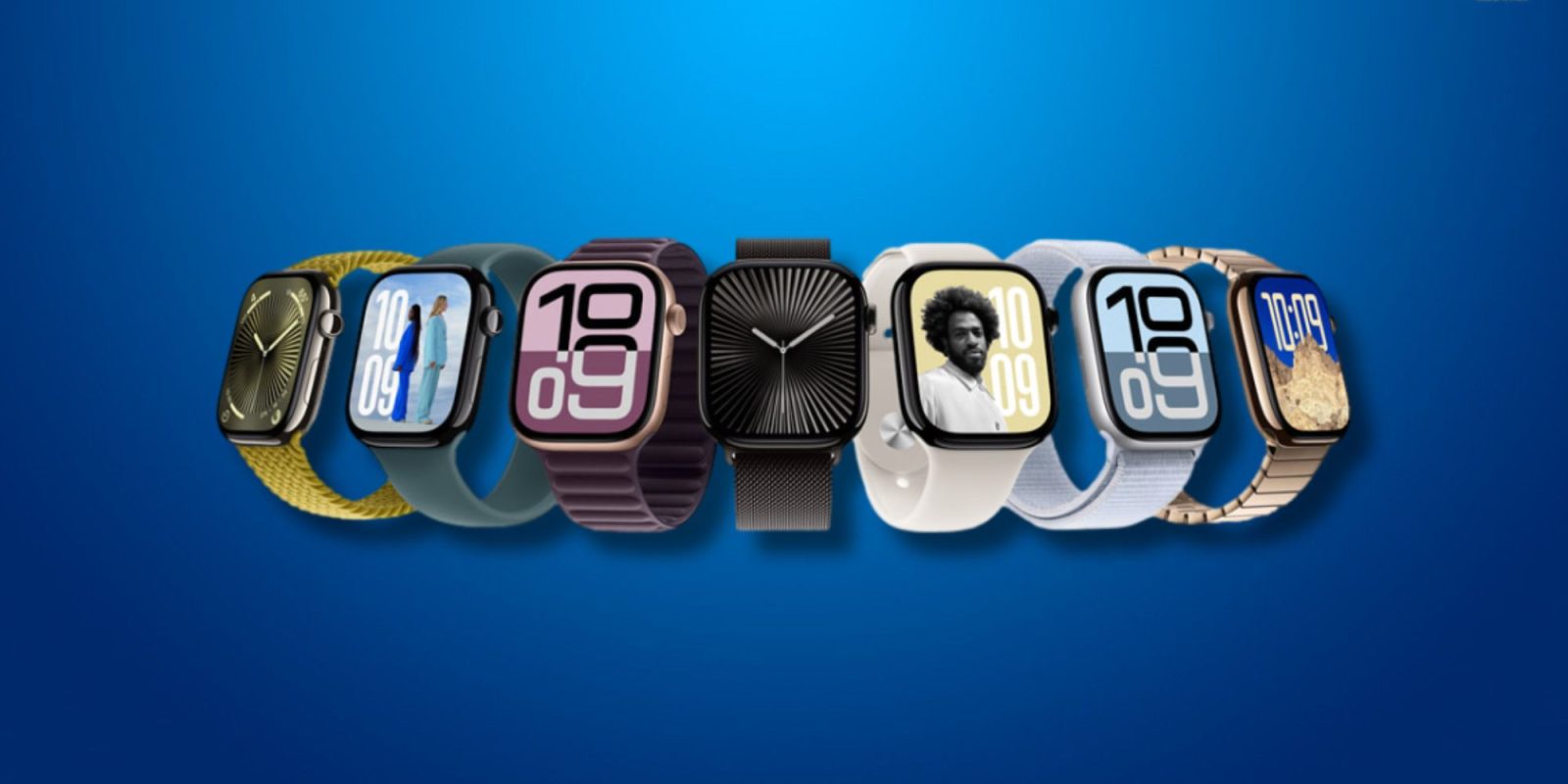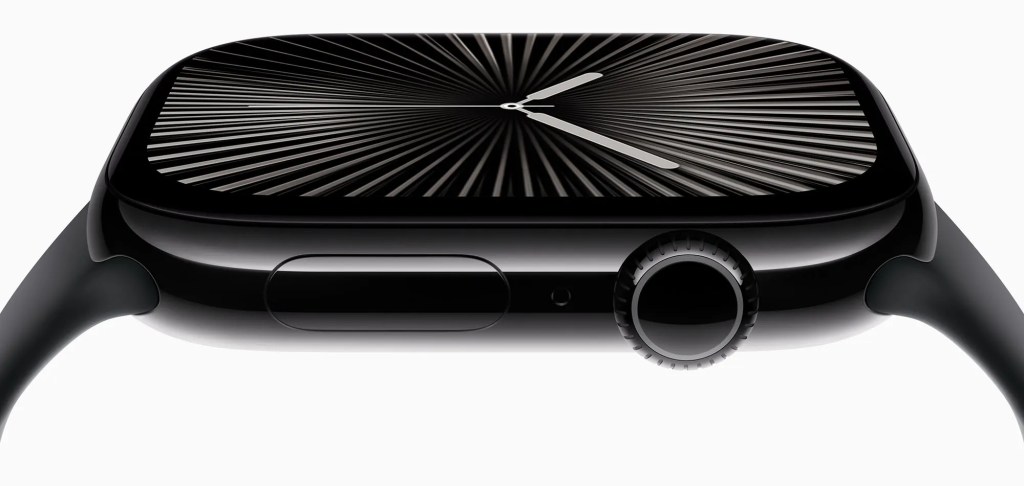
During Apple’s iPhone 16 event, the Apple Watch Series 10 was announced with changes ranging from an increased screen size to sleep apnea detection. While these improvements are certainly welcome, it’s hard not to be a little disappointed given the Apple Watch Series 10 is still missing a critical health and fitness feature found on most sports watches: reliable Heart Rate Variability (HRV) tracking.
HRV is simply a measurement of the variation in time between each heartbeat. In general, if your nervous system is in a state of high stress, you will have less variability between heartbeats and have a lower HRV score. If your nervous system is more relaxed (i.e., more recovered), you will have more variability between heartbeats and have a higher HRV score.
Most modern sports watches and wearables measure HRV while you sleep to create a nightly HRV score. Measuring HRV this way has been shown to be a very reliable way to track and assess day-to-day recovery, as well as long-term health trends. Many fitness and health experts consider HRV to be one of the most important measurements that wearables offer.
Does the Apple Watch track nightly HRV?
Now, it wouldn’t be fair to say the Apple Watch doesn’t track nightly HRV at all. It does, but not in a way that is reliable or useful. HRV can change dramatically throughout the night, typically increasing the longer you are asleep. So to get a reliable HRV number, most sports watches track HRV throughout the entire night to give you an average score in the morning.
The Apple Watch, including the Apple Watch Series 10, does not track HRV this way. Instead, the Apple Watch will usually grab one or two HRV measurements throughout the night. With only a few HRV data points taken randomly throughout the night, the Apple Watch’s HRV score is nowhere near reliable enough to be of much use. This is likely why HRV continues to stay hidden away in the Apple Health app where most will never see it.
Why doesn’t the Apple Watch measure HRV throughout the night?
Battery life.
Battery life is the one area Apple Watch falls behind most sports watches, and is the only real possible reason why they have yet to introduce nightly HRV tracking. Doing so would decrease the battery life even further, and that doesn’t seem like a trade-off Apple thinks is worth it.

Which wearables track nightly HRV?
Most of them. It is actually very rare to find a modern wearable like Apple Watch that doesn’t track nightly HRV. Here is a list of some of the most popular:
- Garmin (all models)
- Polar (all models)
- Fitbit (all models)
- Samsung Galaxy Watch (all models)
- Google Pixel
- COROS (all models)
- WHOOP
- Oura Ring
- Samsung Galaxy Ring
I would love to see the Apple Watch join this list. Personally, I would rather see Apple focus on improving their watch battery so nightly HRV tracking could be enabled (instead of, for example, larger screens and brighter displays).
Before you check out the Apple Watch Series 10, consider this:
Connect The Watts has just released a FREE home fitness program of its very own: The Garage Gym Academy.
For those with access to strength equipment (at home or in the gym), the Garage Gym Academy is here to help you get in the most out of your training, with weekly guidance, accountability and support!
Lifetime membership is currently FREE for a limited time, and will be increasing soon. Don’t miss out! Learn more here.
FTC: We use income earning auto affiliate links. More.


